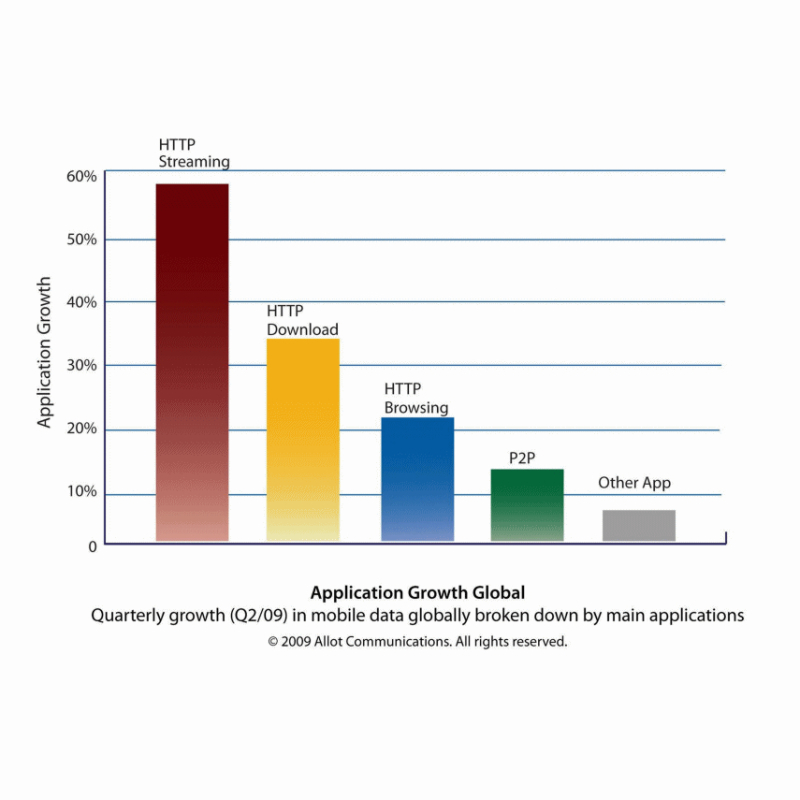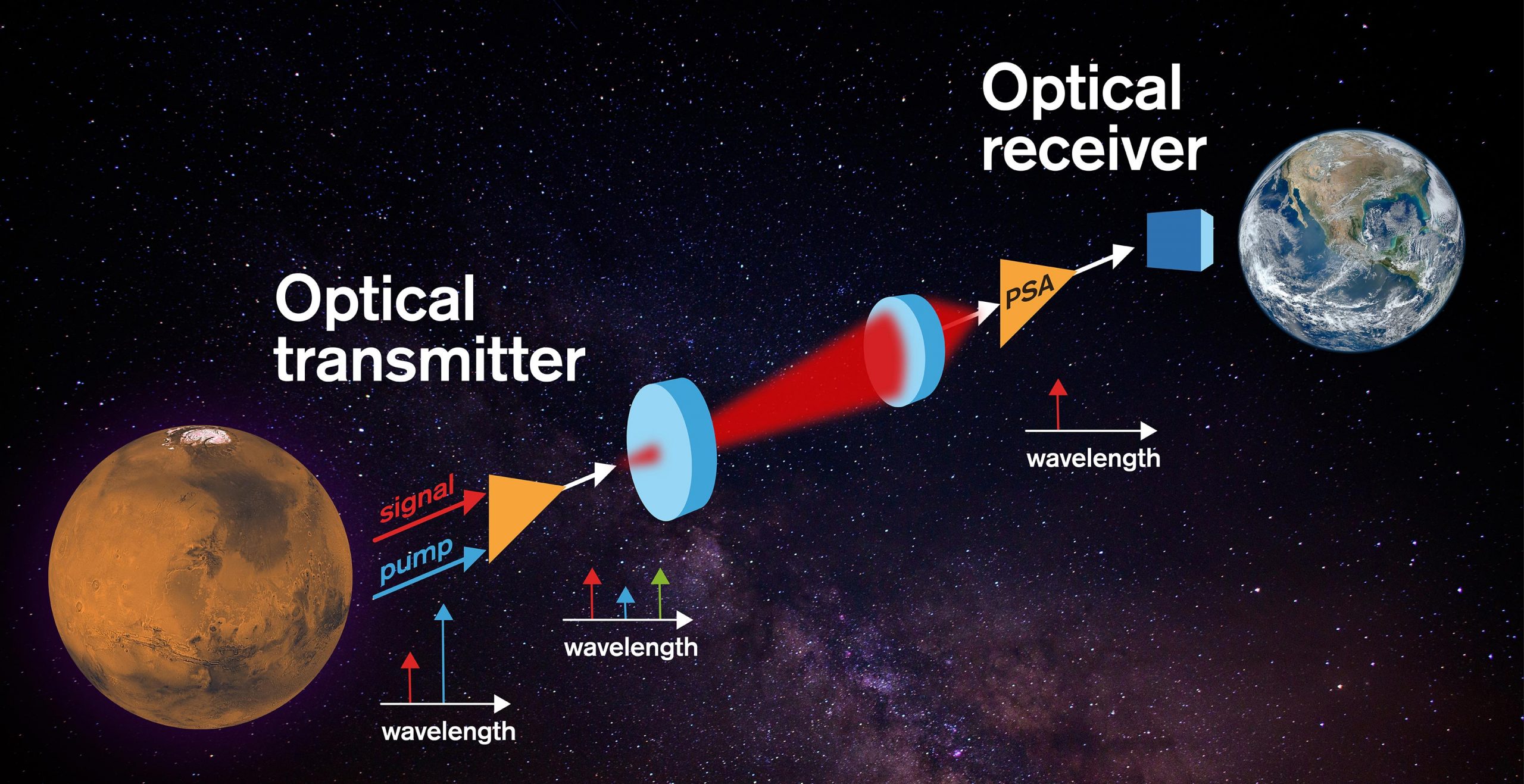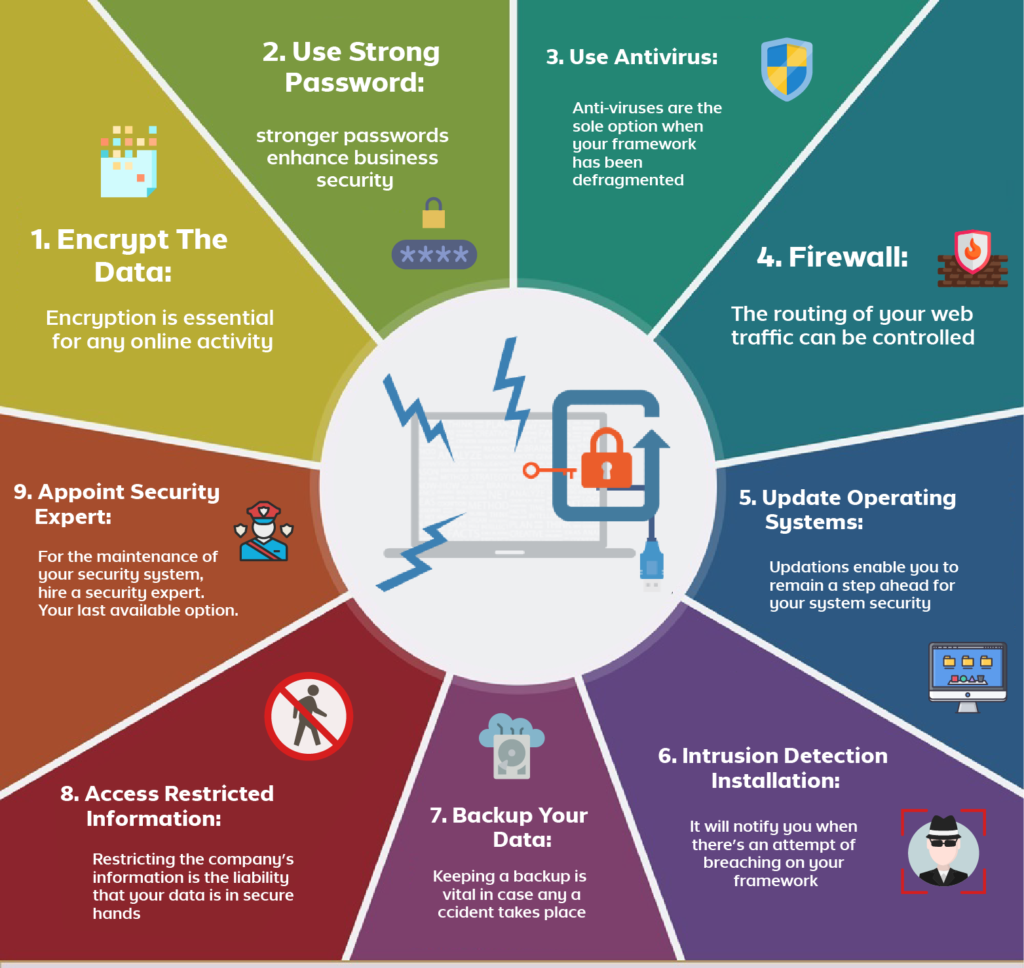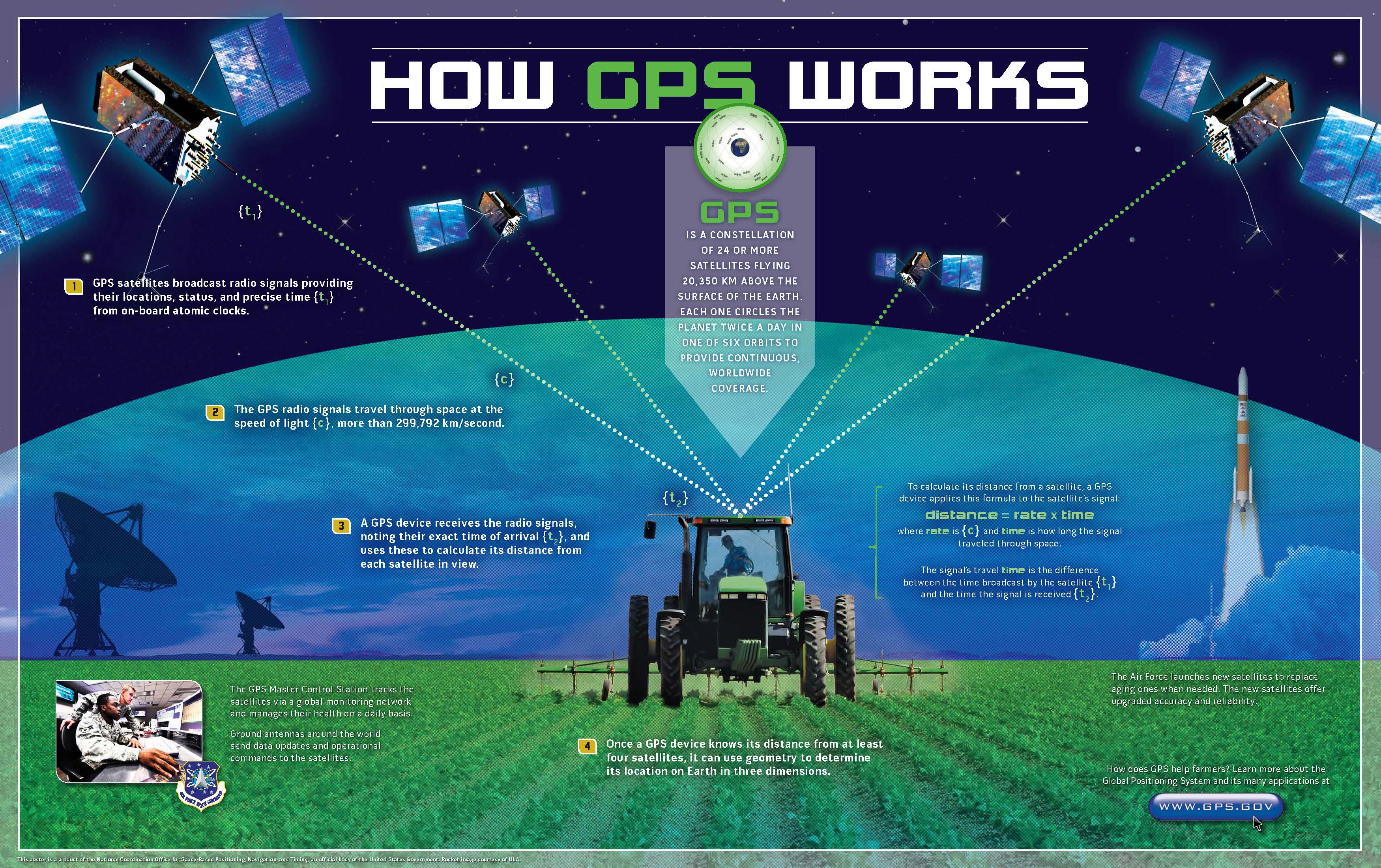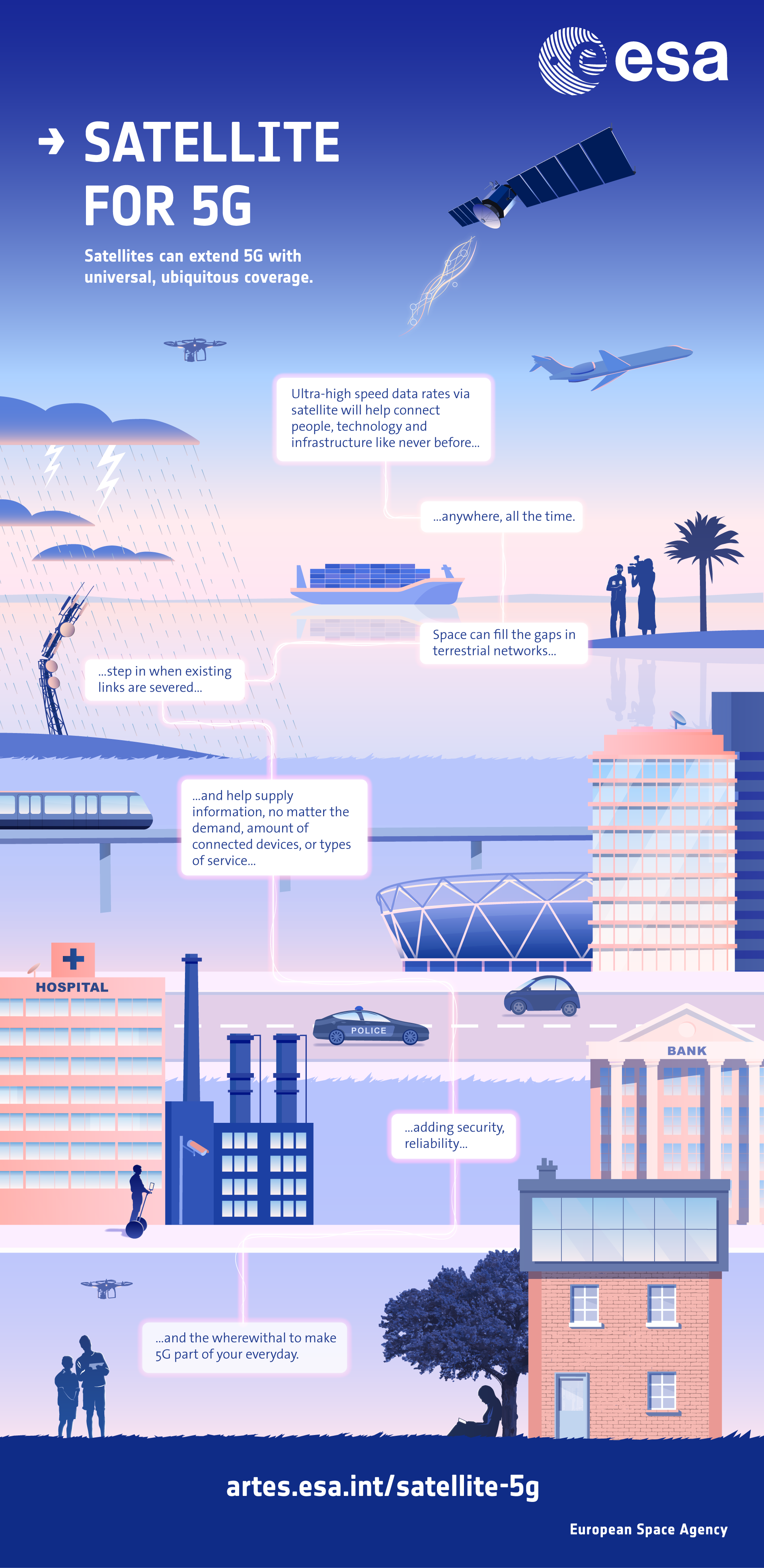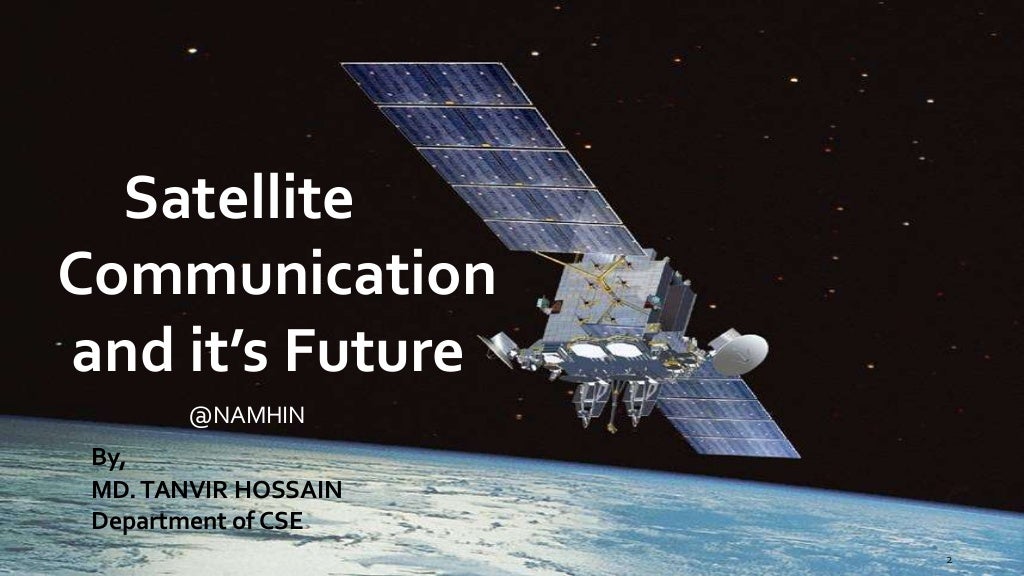Future Satellite Communication Presentation
| Introduction to Future Satellite Communication | ||
|---|---|---|
| Future satellite communication is the next generation of telecommunications technology. It aims to revolutionize global connectivity and overcome existing limitations. Advancements in technology will enable faster, more reliable, and secure satellite communication. | ||
| 1 | ||
| Increased Bandwidth and Data Rates | ||
|---|---|---|
| Future satellite communication will offer significantly increased bandwidth and data rates. This will support the growing demand for high-speed internet, video streaming, and cloud services. Improved data rates will enhance user experience and enable seamless connectivity in remote areas. | ||
| 2 | ||
| Low Earth Orbit (LEO) Satellites | ||
|---|---|---|
| LEO satellites are a key component of future satellite communication. They orbit closer to Earth, reducing signal latency and enabling faster communication. LEO constellations will provide global coverage and support various applications, including Internet of Things (IoT) and 5G connectivity. | ||
| 3 | ||
| High Throughput Satellites (HTS) | ||
|---|---|---|
| HTS technology will play a crucial role in future satellite communication. These satellites have advanced signal processing capabilities, enabling higher data throughput. HTS will support bandwidth-intensive applications, such as high-definition video streaming and data-intensive research. | ||
| 4 | ||
| Optical Communication Technology | ||
|---|---|---|
| Optical communication technology offers immense potential for future satellite communication. It uses lasers to transmit data, providing higher bandwidth and lower latency. Optical links will enhance inter-satellite communication and improve connectivity between satellites and ground stations. | ||
| 5 | ||
| Interoperability and Compatibility | ||
|---|---|---|
| Future satellite communication systems will focus on interoperability and compatibility with existing networks. This will ensure seamless integration and smooth transition for users. Compatibility with terrestrial networks will facilitate hybrid communications and enhance overall connectivity. | ||
| 6 | ||
| Enhanced Security and Resilience | ||
|---|---|---|
| Future satellite communication will prioritize enhanced security measures to protect against cyber threats. Advanced encryption techniques and secure protocols will safeguard data transmission. Increased resilience will enable satellite networks to withstand natural disasters and physical threats. | ||
| 7 | ||
| Improved Satellite Tracking and Management | ||
|---|---|---|
| Future satellite communication will benefit from improved satellite tracking and management systems. Advanced tracking technologies will optimize satellite positioning and ensure optimal coverage. Efficient management systems will enable real-time monitoring, diagnostics, and troubleshooting. | ||
| 8 | ||
| Integration with 5G Networks | ||
|---|---|---|
| Future satellite communication will seamlessly integrate with 5G networks. This integration will extend 5G coverage to remote and underserved areas. Satellite-5G integration will enable ubiquitous connectivity and support emerging technologies like autonomous vehicles and smart cities. | ||
| 9 | ||
| Conclusion | ||
|---|---|---|
| Future satellite communication holds immense potential to transform global connectivity. Increased bandwidth, low latency, and advanced technologies will revolutionize communication. It will bridge the digital divide, connect the unconnected, and unlock new possibilities for industries and societies. | ||
| 10 | ||
| References (download PPTX file for details) | ||
|---|---|---|
| Smith, J. (2020). Future Trends in Satellite ... Johnson, R. (2019). Advancements in Satellite... Brown, A. (2018). Satellite Communications fo... |  | |
| 11 | ||

